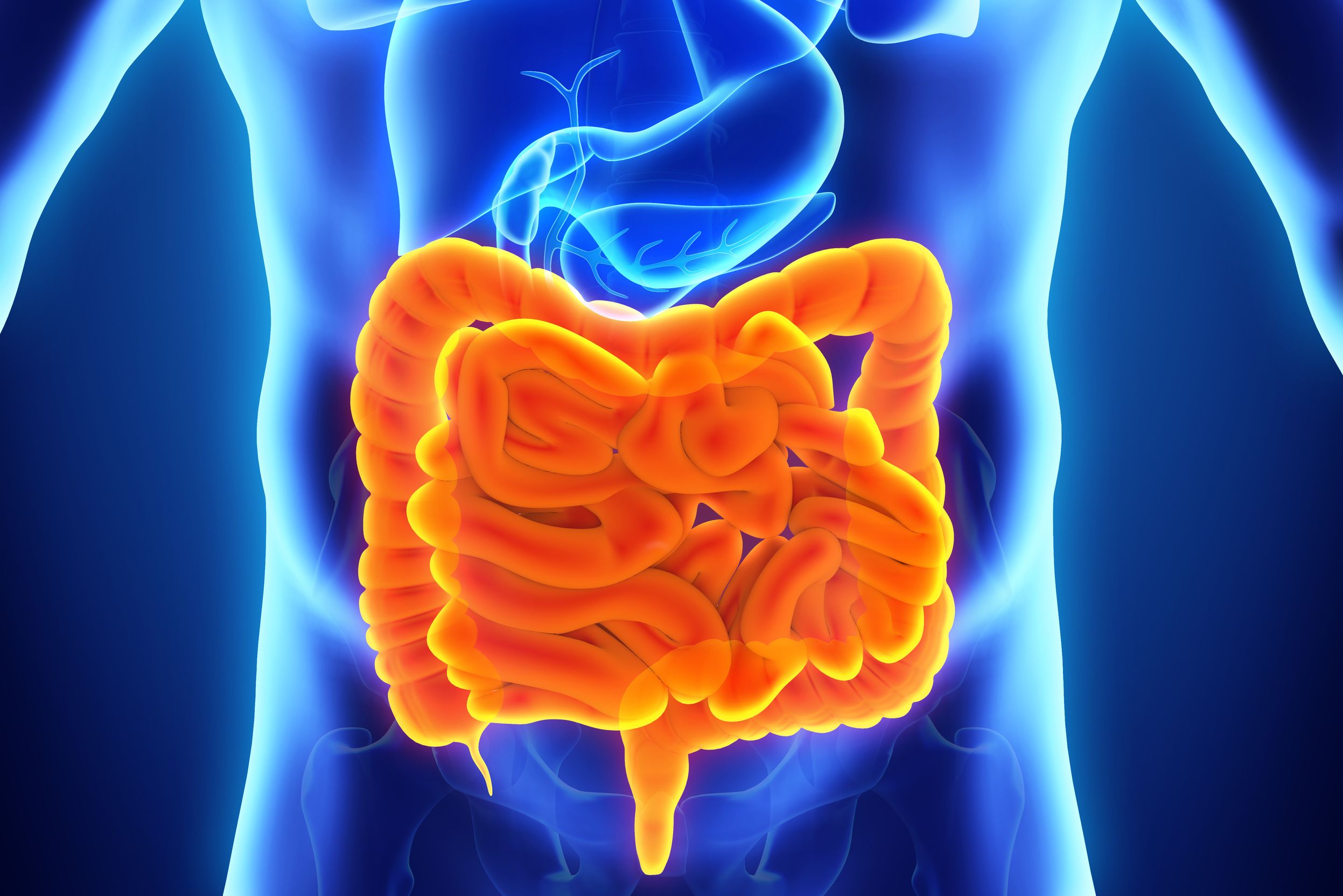
(Vienna, 22 October 2020) Interval cancer is the term used for colorectal cancer that develop after a screening colonoscopy but before the scheduled follow-up colonoscopy. These cancers are probably more frequent than was assumed, especially in high-risk patients who have been found to have an initially benign but advanced adenoma. In a study now published in the leading journal GUT (Impact Factor 19,819), Elisabeth Waldmann and Monika Ferlitsch from the Division of Gastroenterology and Hepatology (MedUni Vienna’s Department of Medicine III) found that a new, dynamic calculation model helps to improve diagnosis, and also that the quality of endoscopy in Austria adheres to current guidelines.
Colon cancer is one of the commonest types of malignant cancer in men and women worldwide. In Europe, around 215,000 people die from colon cancer every year. Screening colonoscopy offers an efficient method of examination that serves to detect and remove colon cancer or its precursor stages (polyps and adenomas), thereby reducing the prevalence of colon cancer and associated mortality. In Austria, it is recommended that men and women have a screening colonoscopy from the age of 50 onwards. "People who have already developed an adenoma have a higher risk of developing adenomas respectively colorectal cancer again over the course of their lifetime. It is therefore recommended that, depending upon the number, size and histology of the resected polyps, a follow-up colonoscopy be performed after 3 years in the high-risk group or 10 years in the low risk group," says Ferlitsch. However, despite high-quality screening, interval cancer can occur. The quality of the examination, measured by the adenoma detection rate (ADR) of an endoscopist, can have a significant influence upon the occurrence of interval cancer. The ADR is the percentage of colonoscopies in which at least one adenoma is detected, measured against all examinations performed by an endoscopist. According to the current guidelines, this rate should be at least 25%. The recent study examined the combined impact of ADR and characteristics of resected adenomas on the development of interval cancers. This involved linking colonoscopies that had been performed as part of the "Colorectal Cancer Screening Quality Certificate", a programme of the Austrian Society for Gastroenterology and Hepatology, the Confederation of Austrian Social Insurance Companies and Austrian Cancer Aid, with hospital diagnoses from the Confederation of Austrian Social Insurance Companies. A total of 385,708 colonoscopies performed between January 2008 and December 2019 were analysed. "After an average follow-up of 55.4 months, 241 interval cancers were identified. The occurrence of interval cancers was independently associated with both a low endoscopist ADR and with the presence of high-risk adenomas. The risk of developing interval cancers was twice as high for people with a negative colonoscopy and for people with high-risk adenomas who had been examined by an endoscopist with a low ADR (<20%) as opposed to those who had been examined by an endoscopist with a high ADR (≥20%)," summarises Ferlitsch. The recent study used a new dynamic calculation of the ADR, developed in collaboration with MedUni Vienna's Center for Medical Statistics, Informatics and Intelligent Systems) (CeMSIIS/Head: Georg Heinze): the ADR was recalculated dynamically for every single examination, i.e. it only took account of examinations that had been performed in the past. Says Ferlitsch: "The new dynamic calculation takes account of a change in the ADR over time and considers a potential learning effect on the part of the endoscopist. In summary, our results underscore the importance of a high-quality examination, measured using a dynamically calculated ADR. Moreover, we were able to show that the follow-up interval after a colonoscopy should also take account of the endoscopist’s ADR."
Service: Gut
“Interval cancer after colonoscopy in the Austrian National Screening Programme: influence of physician and patient factors.” Waldmann E, Penz D, Ŝinkovec H, Heinze G, Rinner C Jiricka L, Majcher B, Hinterberger A, Trauner M, Ferlitsch M. Gut, Doi: 10.1136/gutnjl-209-319427.
https://gut.bmj.com/content/early/2020/10/06/gutjnl-2019-319427